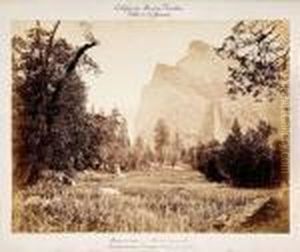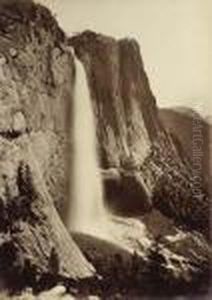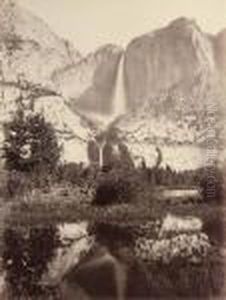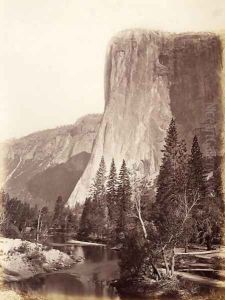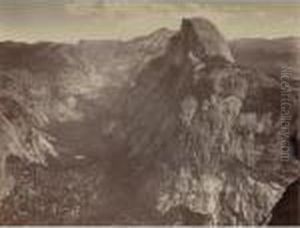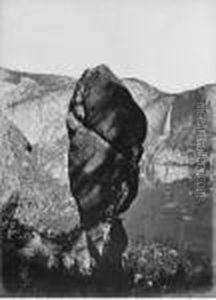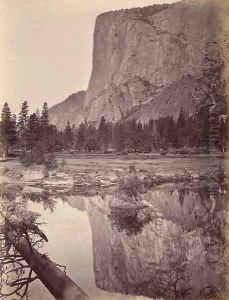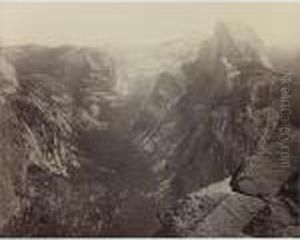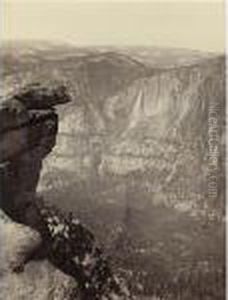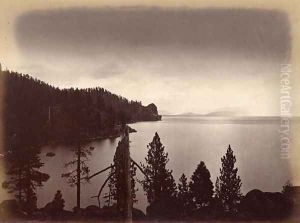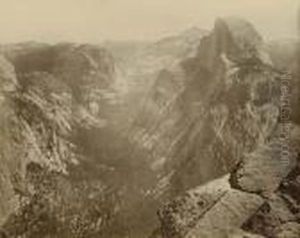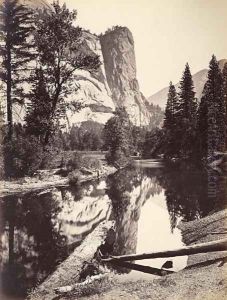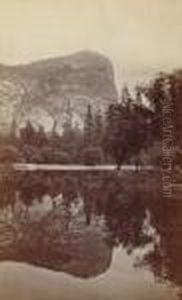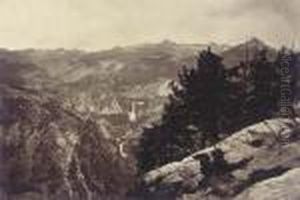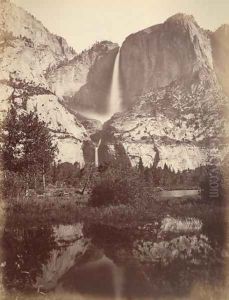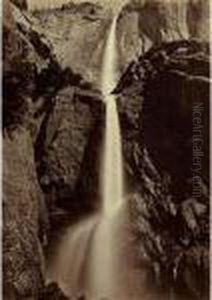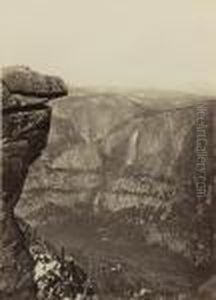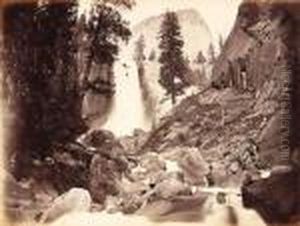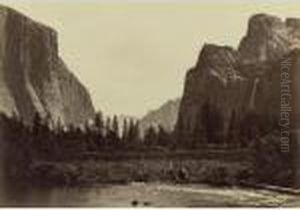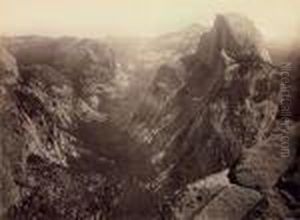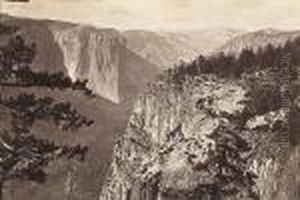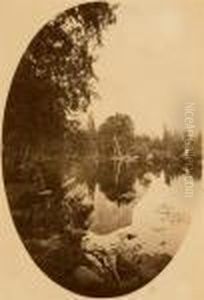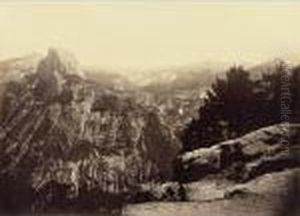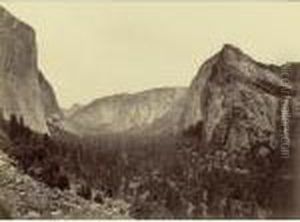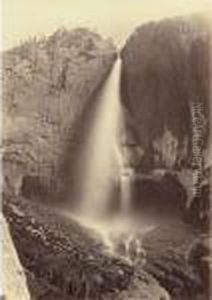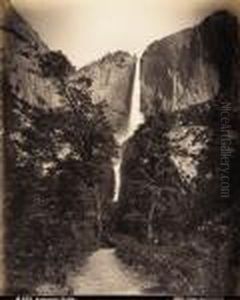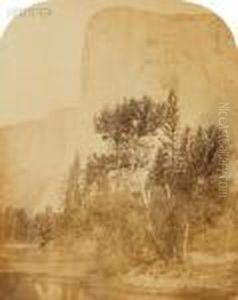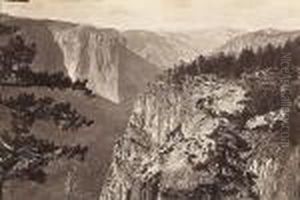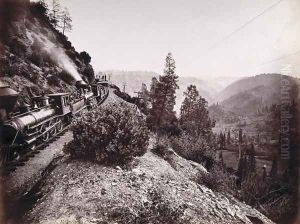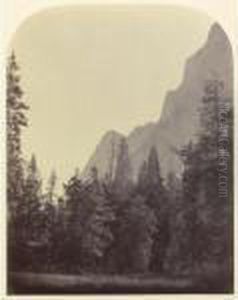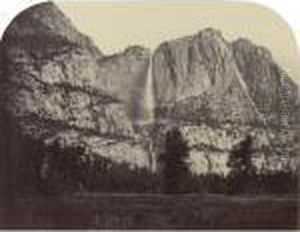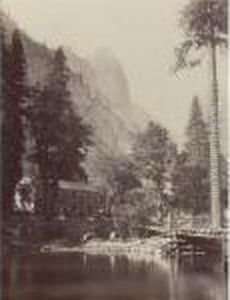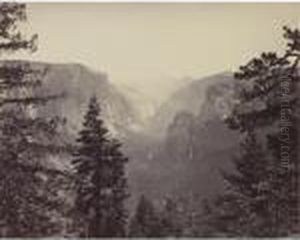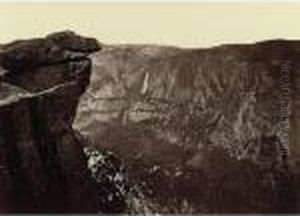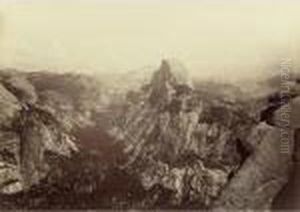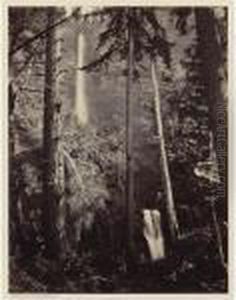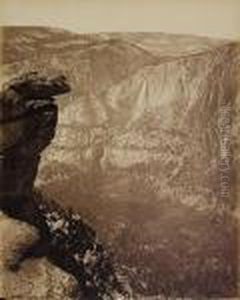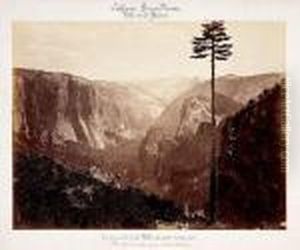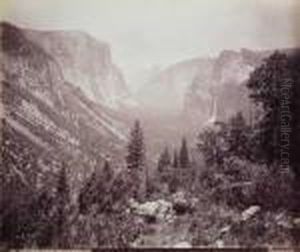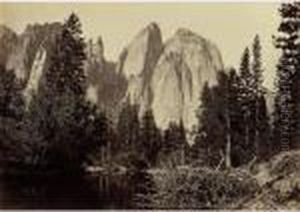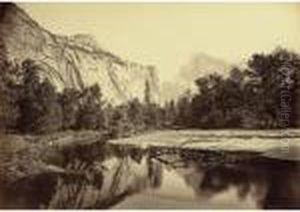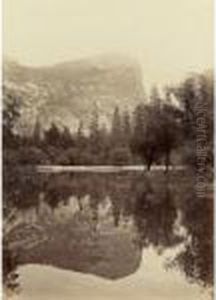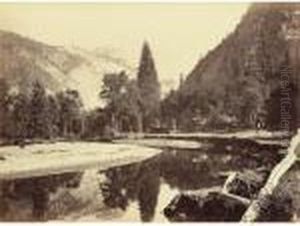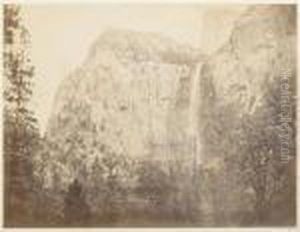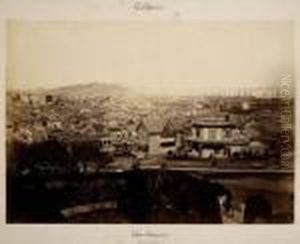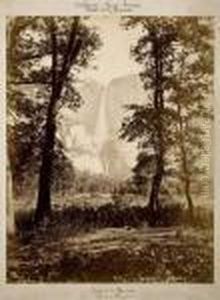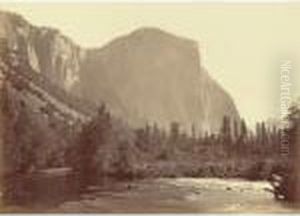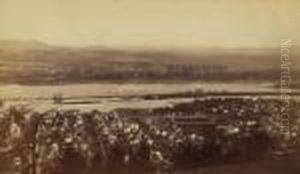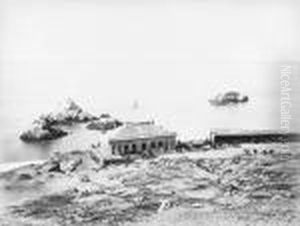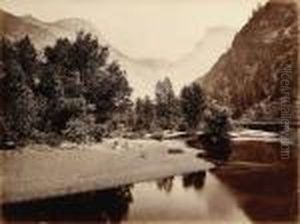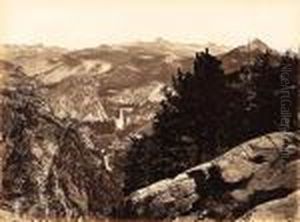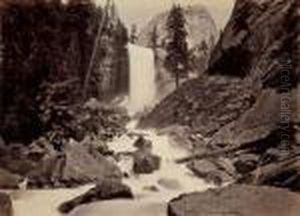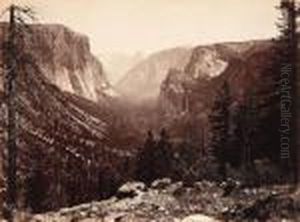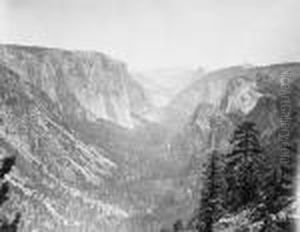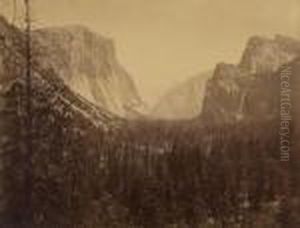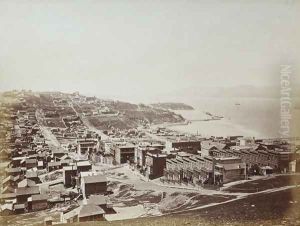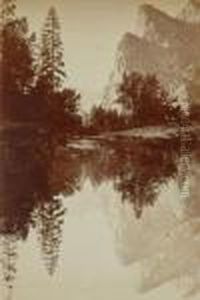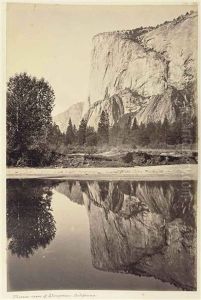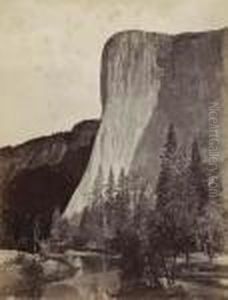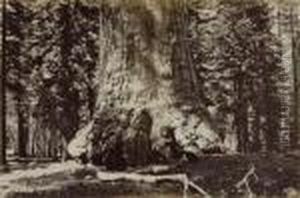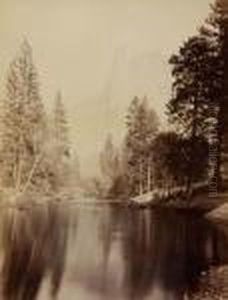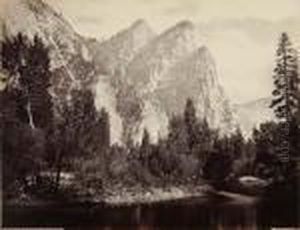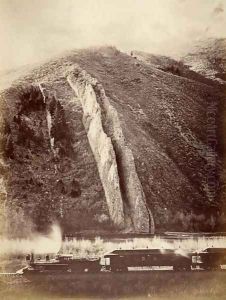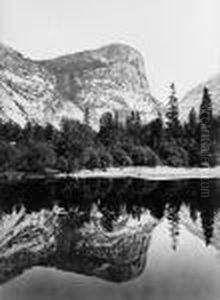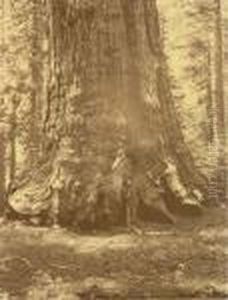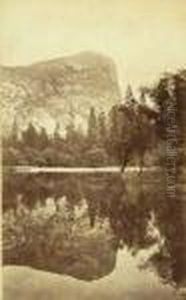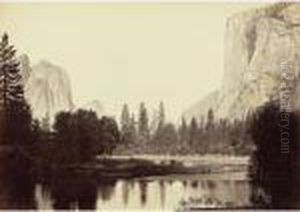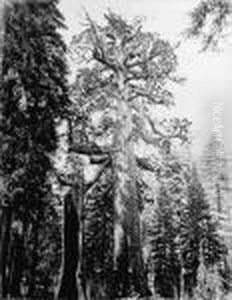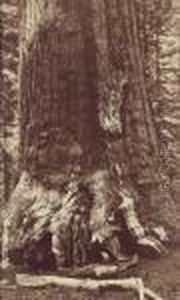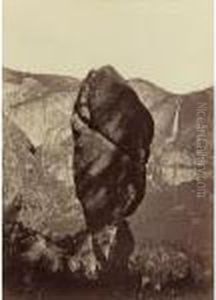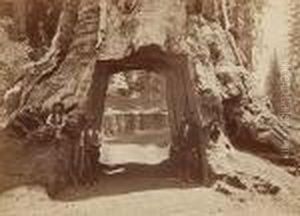Carleton Emmons Watkins Paintings
Carleton Emmons Watkins was a renowned American photographer who played a significant role in documenting the American West during the 19th century. Born on November 11, 1829, in Oneonta, New York, Watkins moved to California during the gold rush in 1851. Though initially he did not find success in mining, Watkins's interest shifted to photography, which was at the time a burgeoning new medium.
Watkins was largely self-taught and began his photography career in the late 1850s after settling in San Francisco. He quickly became known for his landscape photography, particularly his large-format images which were called 'mammoth plates' because of their size, often measuring 18x22 inches. These photographs were notable for their sharp detail and clarity, which Watkins achieved using a custom-built camera and his meticulous technique.
One of Watkins's most significant contributions to photography and the preservation of natural sites was his work in the Yosemite Valley. In 1861, he traveled to Yosemite and captured the first images of its landscapes, which were widely disseminated and seen by many, including influential figures like Abraham Lincoln. Watkins's Yosemite photographs were pivotal in the creation of the Yosemite Grant in 1864, which laid the groundwork for the national park system in the United States.
Throughout the 1860s and 1870s, Watkins continued to photograph the American West, capturing images of not only Yosemite but also other parts of California, Oregon, and Nevada. His photos captured the transformation of the Western landscape during this period of significant change, including the development of railroads and urban areas.
Unfortunately, Watkins's later life was marked by financial struggles. He lost much of his work in the 1906 San Francisco earthquake and fire, and he struggled with blindness. In 1910, his financial difficulties forced him into bankruptcy, and he was eventually committed to the Napa State Hospital for the Insane, where he spent the last six years of his life until his death on June 23, 1916.
Despite the tragic end to his life, Watkins's legacy lives on through his photographs. His work has been celebrated for its artistic and historical value, providing an unparalleled visual record of the American West during a period of great change and expansion. Watkins's contributions to photography and his role in the conservation movement have cemented his place as one of the great American photographers of the 19th century.
